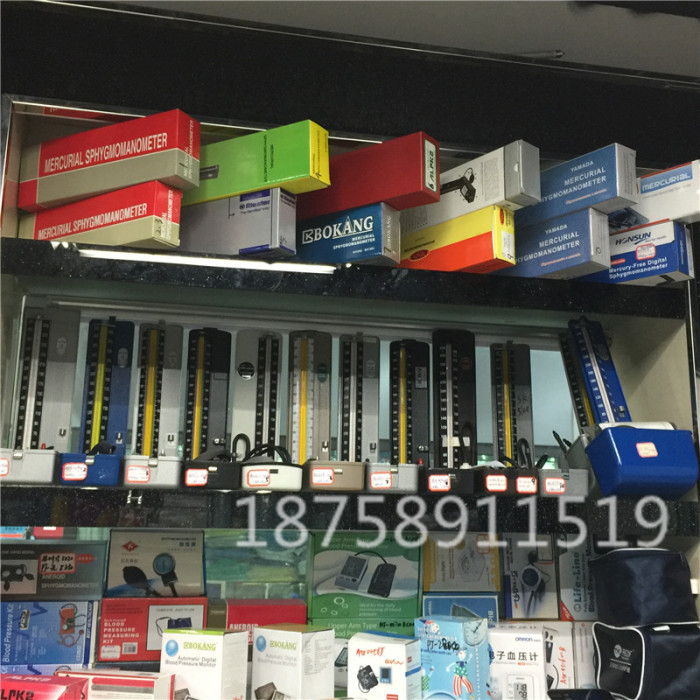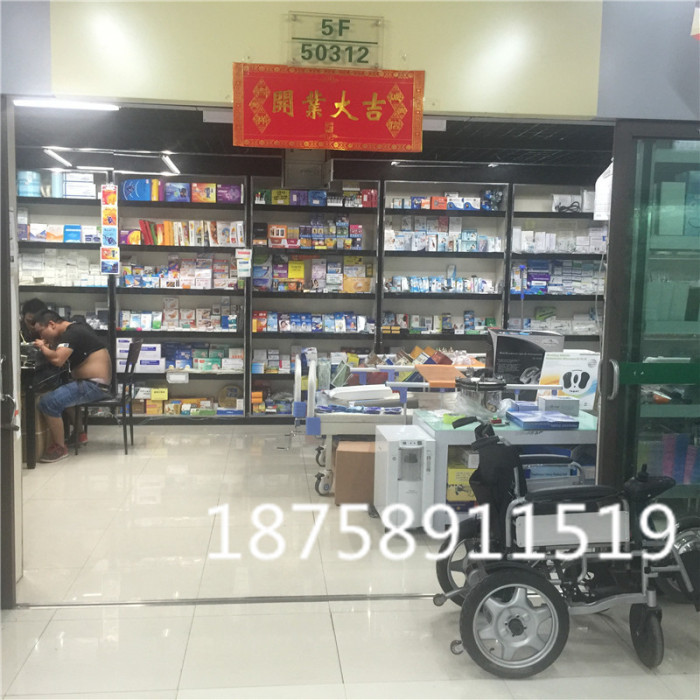
Search history
Clear allSearch by image
XDrag and drop an image here or upload an image
Max 5MB per image
UploadSign In | Join

Search history
Clear allSearch by image
XDrag and drop an image here or upload an image
Max 5MB per image
UploadSign In | Join
X Email Mobile
A new item has been added to your Shopping Cart. You now have items in your Shopping Cart.
yiwu ange medical instrument co.,ltd 13yr.
Contacts:Anna Chat
Mobile:86-18205891975
E-mail:2427910563@qq.com
Microscopes are used to magnify the images of tiny objects. They are generally applied to observe biological, medical, and microscopic particles.
(1)利用微微动载物台之移动,配全ocular lens" 或 "eye lensThe crosshair marker is used for length measurement.
(2) Use the turntable and the micro-angle dial under the eyepiece to measure angles. Align the angle to be measured with the crosshair until it overlaps, and then align the other end of the angle to the crosshair.
(3)Utilizing the standard to detect the pitch, nodularity, outer diameter, thread angle, andtooth shapeEqual in size or shape.
(4) Inspect the grain condition of the metallographic surface.
(5) Inspect the condition of the workpiece's machined surface.
(6) Check whether the size or contour of the tiny workpiece is consistent with the standard piece.
Product Parameters:
Magnification: 40X-1600X
Observation telescope with hinge-type double eyes, 30° tilt, interpupillary distance: 55-75mm
【目 镜】 广角WF10X/φ20mm,WF16X/15mm,视度可调
【Transformer】 Four holes inward tilt, steel ball positioning
Objective Lenses: EP Plan-Apochromat Objectives 4X, 10X, 40X (S), 100X (O, S)
【Load Platform】 Dual-layer mechanical mobile platform, dual slicing clamps, size: 160mm×142mm, movement range: 76mm×52mm
The focusing mechanism is coaxial with the coarse and fine movements, featuring a hand wheel for tension adjustment and a positioning device. The coarse adjustment is 22mm, and the fine adjustment precision is 0.002mm.
Achromatic Lens, N.A.=1.25, Center Adjustable, with Variable Diaphragm and Filter Holder
Transformer: AC 220V or 110V or 3W LED cold light source, suitable for digital microscope
【Power Supply】Switching Power Supply, Wide Voltage AC 100V-250V
【Packaging】Carton + foam packaging
In our surroundings, from the bacteria too small to be seen with the naked eye to the towering trees that reach into the sky, from the birds in the air to the fish in the water, these living objects are all organisms.
Biology is a natural science that studies living organisms.
The major issues facing the world today, such as food shortage, population growth, and environmental pollution, are all directly related to biology. Nowadays, biology has made rapid progress, and food cultivated using genetic technology has already appeared on the tables of ordinary people. Genetic methods have begun to save the lives of patients; cloning technology has made it possible to replicate animals.
People believe that biotechnology will have a significant impact on the 21st century, it will promote the progress of human society and make unprecedented contributions to the better survival of humans.
Biology is an experimental science. This set of materials and instruments will lead you to explore the wonderful world of biology, allowing you to acquire the basic skills for research, laying a solid foundation for future study and research.
In the tiny microscope, there is another vibrant and colorful world waiting for you to discover:
Try cutting open a plant and observe the plant cells. Appreciate the swimming of aquatic plants in water. Help you become an amateur microscope detective. Provide detailed and convenient assistance for your extra-curricular assignments, slide shows, and school screenings.
It is just a green leaf, but under the microscope, it reveals a life that is rarely known. The microscope takes us into a world that we have never explored before, telling us that not everything is as we see it, often hiding an unusual side within the ordinary surface. The wonderful, vibrant world in the microscope captivates me, because even in the tiny world, there is also a rich and colorful world.
Let's explore the wonders around us together!
Actual operational experience
Step 1: Observe the Hair
1. Cut a section of hair, about 5mm long.
2. Place the hair on the slide, drop a drop of water on the slide with a pipette, and then use a tissue to absorb the water, so that the hair will stick to the slide.
3. Place the slide under the microscope for observation.
Steps for Cultivating and Observing Paramecium Manually:
1. Cut the grass rope used to tie vegetables at the market into sections about one inch long and place them in a wide-mouthed container. Add light salt water and soak for more than a week.
2. Take a drop of surface water and observe it under a microscope, and you can see very active paramecia.
Steps to Observe Human Oral Cells:
1. Drizzle a drop of salt water on a slide glass, and gently scratch a few times on the wall of the mouth with a sterilized toothpick.
2. Gently rub the end of the toothpick with the residue on the slide glass a few times.
3. Use tweezers to pick up a clean cover slide, start by touching one end of the cover slide to the drop of water on the slide, and then gently cover the drop.
4. On one side of the cover slide, add a drop of diluted purple ink (or iodine solution), and use a sucker to attract from the other end to make the dye permeate the entire specimen. Place it under the microscope for observation.
Step 4: Observe the wings, antennae, and legs of insects.
1. Capture a small insect, such as a mosquito, ant, or butterfly.
2. Drizzle a drop of water on the slide glass, use tweezers to take a small piece of the insect's wings (antennae, legs); put it in the water droplet
3. Use a absorbent paper to remove the water, and the specimen will stick to the slide.
4. Observe under a microscope.


Update time:
TOP